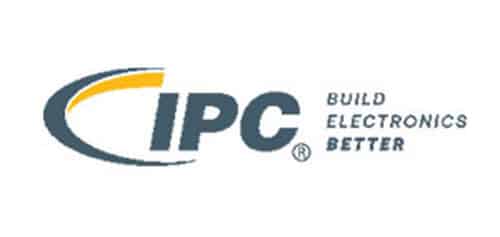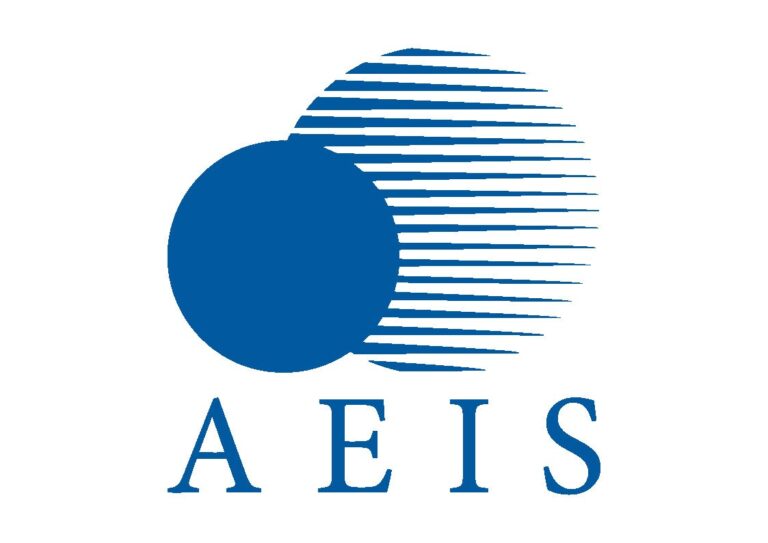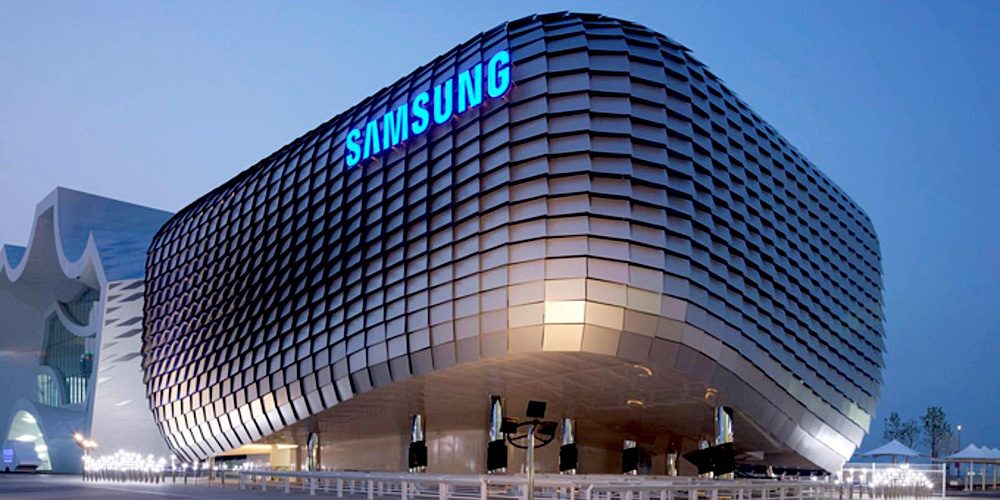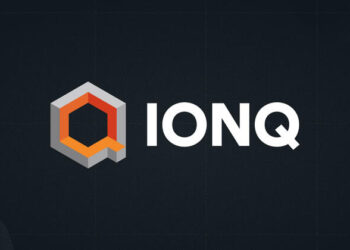Samsung Electronics reported their second quarter financial results ended June 30, 2021.
Total consolidated revenue was KRW 63.67 trillion, a 20% increase from the previous year and a record for the second quarter. Operating profit increased 34% from the previous quarter to KRW 12.57 trillion as market conditions improved in the memory market, operations normalized at the Austin foundry fab, and as effective global supply chain management (SCM) helped maintain solid profitability for the finished product businesses.
The Semiconductor business saw a significant improvement in earnings as memory shipments exceeded previous guidance and price increases were higher than expected, while the Company strengthened its cost competitiveness. For the Display Panel Business, a one-off gain and an increase in overall prices boosted profits.
Earnings at the Mobile Communications Business declined from the previous quarter due to component supply shortages and COVID-19 related production disruptions. But the business posted solid profitability as the Company leveraged its global SCM capabilities, improved the cost structure and as contributions from tablets and wearables continued.
The Consumer Electronics Division posted strong results driven by increased sales of premium products as demand remained strong.
For the second half, market conditions are expected to be favorable for the component business and the Company will focus on enhancing product and technology leadership. In smartphones and consumer electronics, the Company aims to maintain solid profitability by strengthening the premium category leadership. However, risks of continued disruptions in component supply and uncertainties related to COVID-19 are likely to persist.
The Memory Business is expected to see continued demand growth for server and mobile products and the Company will accelerate migration to 15-nm DRAM and 6th-generation V-NAND as well as expand the application of extreme ultraviolet (EUV) lithography process in DRAM production. Demand for key System LSI products is expected to increase as new smartphones are introduced, while the Foundry Business will accelerate growth by expanding the Pyeongtaek S5 Line capacity and by adjusting pricing to enable future investment cycles.
For the Display Panel Business, the mobile panel segment is expected to improve as major customers launch new flagship models and the Company will focus on finalizing the mass production process for quantum-dot (QD) displays for shipment to begin within the year.
The Mobile Communications Business plans to achieve solid revenue and profit by boosting the competitiveness of the product lineup with the launch of new foldable models and the expansion of mass market 5G phones. The Company will also continue to increase sales of the Galaxy Ecosystem products. The Networks Business will drive revenue growth in key markets, including North America, and continue to explore new opportunities in Europe and other regions.
The Consumer Electronics Division will solidify leadership in the premium TV market and increase digital appliances revenue by bolstering global sales of the Bespoke product line.
The Company’s capital expenditures in the second quarter reached KRW 13.6 trillion, including KRW 12.5 trillion spent on semiconductors and KRW 0.6 trillion on displays. Total capital expenditures in the first half were KRW 23.3 trillion, including KRW 20.9 trillion for semiconductors and KRW 1.4 trillion for displays. Investment in the Memory Business was spent mainly on addressing future demand through capacity expansion and process migrations to advanced nodes. Investment in the Foundry Business focused on expansion for advanced processes such as 5-nm EUV lithography.










